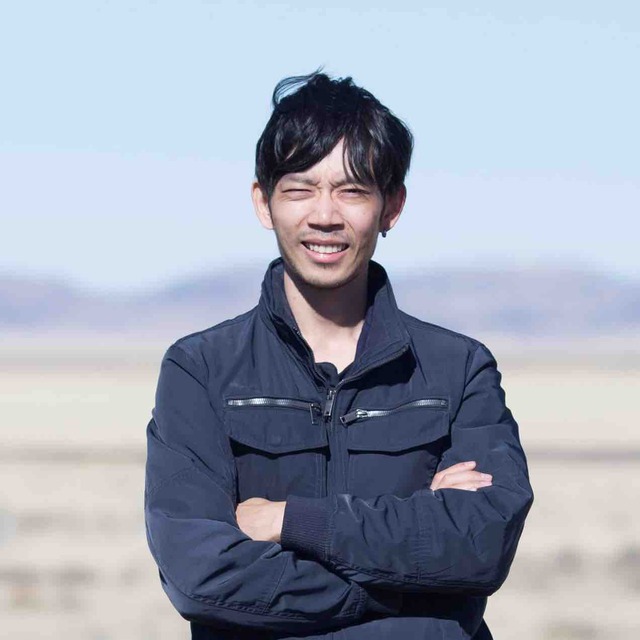October
2022
•
2022ApJ...938L..15C
Authors
•
Castellano, Marco
•
Fontana, Adriano
•
Treu, Tommaso
•
Santini, Paola
•
Merlin, Emiliano
•
Leethochawalit, Nicha
•
Trenti, Michele
•
Vanzella, Eros
•
Mestric, Uros
•
Bonchi, Andrea
•
Belfiori, Davide
•
Nonino, Mario
•
Paris, Diego
•
Polenta, Gianluca
•
Roberts-Borsani, Guido
•
Boyett, Kristan
•
Bradač, Maruša
•
Calabrò, Antonello
•
Glazebrook, Karl
•
Grillo, Claudio
•
Mascia, Sara
•
Mason, Charlotte
•
Mercurio, Amata
•
Morishita, Takahiro
•
Nanayakkara, Themiya
•
Pentericci, Laura
•
Rosati, Piero
•
Vulcani, Benedetta
•
Wang, Xin
•
Yang, Lilan
Abstract
•
We present the results of a first search for galaxy candidates at z ~ 9-15 on deep seven-band NIRCam imaging acquired as part of the GLASS-James Webb Space Telescope (JWST) Early Release Science Program on a flanking field of the Frontier Fields cluster A2744. Candidates are selected via two different renditions of the Lyman-break technique, isolating objects at z ~ 9-11, and z ~ 9-15, respectively, supplemented by photometric redshifts obtained with two independent codes. We find five color-selected candidates at z > 9, plus one additional candidate with photometric redshift z phot ≥ 9. In particular, we identify two bright candidates at M UV ≃ -21 that are unambiguously placed at z ≃ 10.6 and z ≃ 12.2, respectively. The total number of galaxies discovered at z > 9 is in line with the predictions of a nonevolving luminosity function. The two bright ones at z > 10 are unexpected given the survey volume, although cosmic variance and small number statistics limits general conclusions. This first search demonstrates the unique power of JWST to discover galaxies at the high-redshift frontier. The candidates are ideal targets for spectroscopic follow-up in Cycle-2. *Based on observations collected with JWST under the ERS program ID 1324 (PI T. Treu).
Links




